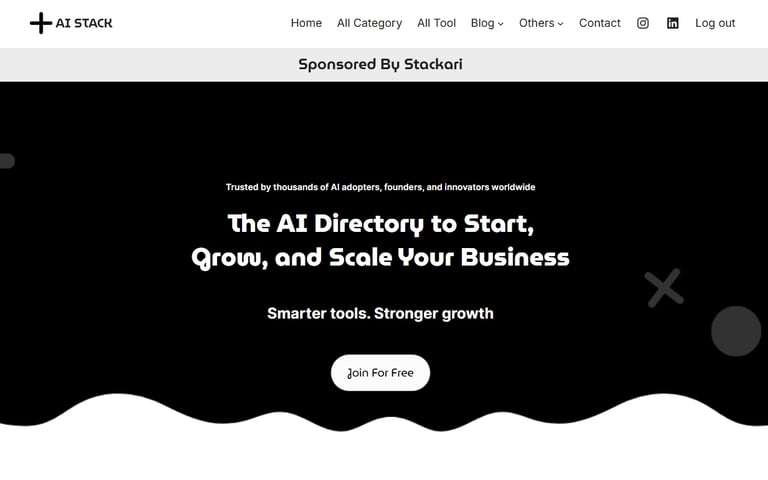What is a Break even point?
The break-even point is the exact level of sales where your total revenue equals your total costs — meaning:
You are not making a profit, and
You are not losing money.
It’s the point where your business "breaks even."
The Break-Even Point Calculator helps you determine the minimum number of units or revenue required to cover all your fixed and variable costs — so every sale afterward becomes profit.
This tool is ideal for new businesses, product launches, budgeting, or evaluating whether a project is financially viable.
How to Use the ROI Calculator (Step-by-Step)
Enter your fixed costs
These don’t change with production (rent, salaries, utilities, insurance).Enter variable cost per unit
These change with each product sold (materials, production, shipping).Enter selling price per unit
The price you charge for your product or service.Click “Calculate”
The result will indicate:
- Break-even units
- Break-even revenue
- Contribution margin
- Profit margin
- A visual chart showing the break-even point
This gives you a clear picture of where costs and revenue intersect.


Why Use a Break-even Calculator?
The break-even point shows whether your business plan is realistic and how much you need to sell before you stop losing money.
It helps you:
Set profitable pricing
See if your cost structure is sustainable
Understand how costs and price changes affect profitability
Project revenue and plan sales targets
Evaluate new products or business ideas
Instead of guessing, you get a clear, mathematical benchmark for profitability.
What is a Good Progress vs. a Bad Progress?
✅ Good Result:
Break-even units are realistically achievable based on your business’s capacity.
Contribution margin is high (30% or more).
Break-even revenue is comfortably below expected monthly or annual sales.
The chart shows a steep revenue line vs. cost line — meaning strong profitability per unit.
⚠️ Bad Results:
Break-even point is too high to realistically achieve.
The contribution margin is too low — meaning your product isn’t profitable enough.
Break-even revenue exceeds your market size or production capacity.
Lines on the chart are almost parallel — revenue barely outpaces cost.
If your break-even point is unrealistic, you may need to adjust pricing, reduce variable costs, or cut fixed expenses.
Use Case: A Simple Break-Even Example
A bakery sells cupcakes at $4 each.
Fixed costs: $2,000 per month (rent, utilities, labor)
Variable cost per cupcake: $1.25
Step 1: Calculate contribution margin
Selling Price − Variable Cost
4 − 1.25 = 2.75
Step 2: Break-even units
Fixed Costs ÷ Contribution Margin
2000 ÷ 2.75 = 728 units (rounded)
Step 3: Break-even revenue
Break-Even Units × Selling Price
728 × 4 = 2,912
Interpretation
The bakery must sell 728 cupcakes per month before it turns a profit.
If they expect to sell 1,200 cupcakes monthly, the business is viable.
If they can only sell 300–500, they must raise prices or cut costs.
Break-even point is calculated using the formula:
Break-Even Units
Break-Even Units = Fixed Costs ÷ (Selling Price per Unit − Variable Cost per Unit)
Break-Even Revenue
Break-Even Revenue = Break-Even Units × Selling Price per Unit
Contribution Margin
Contribution Margin = Selling Price − Variable Cost
Contribution Margin Ratio
Contribution Margin Ratio = Contribution Margin ÷ Selling Price
Tips for Better ROI
Review costs often
inflation changes fixed and variable costs quickly.
Test different prices
small increases can drastically lower break-even units.
Use sensitivity analysis
try “best” and “worst” case scenarios.
Check capacity
ensure your break-even point fits your operations.
Use it before launching any new product
Challenges in using a break-even calculator
1. Incorrect Cost Estimates
If you underestimate variable or fixed costs, the break-even results will be unrealistic.
Tip: Use real financial data, not assumptions.
2. Ignoring Multiple Products
This calculator works best for one product or service at a time.
Tip: Calculate break-even separately for each product line.
3. Not Considering Seasonality
If sales vary monthly, your break-even point may not reflect real-world performance.
Tip: If sales vary monthly, your break-even point may not reflect real-world performance.
4. Failing to Factor Price Elasticity
Raising prices may reduce demand.
Tip: Test realistic pricing levels in your market.
5. Using It as the Only Metric
Break-even does not measure long-term profitability.
Tip: Combine with margin, cash flow, and ROI calculators for full insights.
In short:
The Break-Even Point Calculator shows exactly how many units you must sell - or how much revenue you must generate -before your business becomes profitable.
It’s essential for pricing, evaluating new ideas, and making smarter financial decisions with confidence.
View our blogs Below






Business Calculator
View Our handy business calculators! While we make more...

Contacts
stackari.contact@gmail.com




